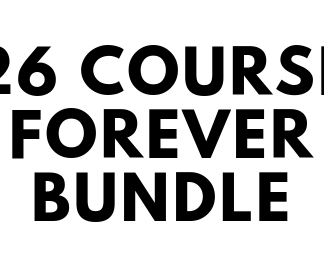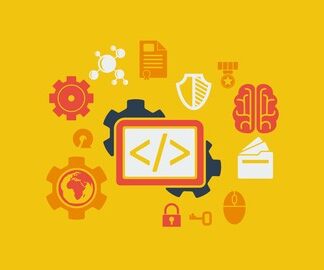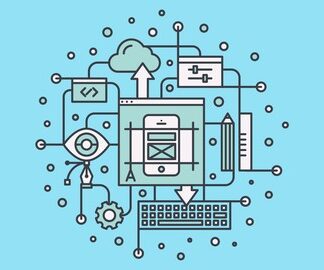Enroll in The Complete Python Course: Beginner to Advanced on Udemy
http://bit.ly/2yMsS7v/
Check out the Learn to Code Course Bundle!
https://josephdelgadillo.com/product/learn-to-code-course-bundle/
Hello everyone and welcome to the Python tutorial that we’re going to be doing. My name is Nick and I’m going to be the instructor for this course, and it’s going to be my job to get you completely immersed in the Python programming language. Now, this course is going to be aimed at somebody who may have basic knowledge about what a programming language is but this would be your first programming language, and this is a great programming language to start with. It does have some limitations and sometimes this is not the right tool for the job, but a lot of times this offers people who have no experience programming a really great way of understanding what a programming language is and how to use one. So, the main differences between Python and other languages like C++, or C, or Java is that Python is built around two main focal points which I believe are code readability and simplicity. So, we’re gonna jump into the language here and in a few videos but we need to do a few things first. First we need to discuss what Python is, and then we need to get it installed, and then we can start discussing you know what’s an interpreter, how do you run a Python script, and then get into the language itself. Now, the language is different but it’s easy, and once we get past an understanding of how the programming language works, and the syntax, and all the different stuff you do with it, we’re going to move on to actually programming real applications and showing you guys different practical applications of the Python programming language. So, for instance, we’re going to be building a website, we’re going to be building a web scraper, and a graphical utility we’re actually going to be building multiple graphical tools because there are a few different graphical or GUI, GUI, whatever you want to call it there’s a few different frameworks for Python that we could use. So we’re going to explore three of them. So, right off the bat here’s a fun fact if you didn’t know python is actually named after Monty Python who’s made some great films, so if you if you haven’t seen Search for the Holy Grail or the Life of Brian go do it, they’re great movies, which is completely beside the point. So, Python is actually a pretty old programming language. It was first introduced in 1991 which makes it 25 years old. There’s two current versions, now this may be confusing as well, so there’s a Python 2 series and there’s a Python 3 series. The Python 2 is currently at 2.7.11 and the 3 series is at 3.5.1. Now we’re going to be using Python 3 in this course however Python 2 shouldn’t be much different if afterward you want to explore using Python 2 that’s completely acceptable. Now as I said Python is based around simplicity and readability and this means that when you look at Python code it’s all indentation based. So, if you looked at another code like Java you would see a lot of curly braces, and brackets, and a lot of things that are just there to confuse the novice programmer. Python is based on indentation so you don’t need to wrap blocks of code in curly braces and you guys will see what I mean coming up in the next few videos. So, that’s all we’re going to talk about today. I hope you guys enjoy this course and find it useful. There’s a comment section to the right for each video if you guys ever feel that you’re not too sure on something that I explained, or maybe you had some input in addition to what I explained, feel free to use that. So, yeah, let’s get started!










I have bought this course via science alert and can prove this. I wanted to ask a doubt regarding the rig script and wanted to check your git as well.
I think the admin of this website is actually working hard for his web page, because here every material is quality based stuff.|